USP <60>, Microbiological Examination of Nonsterile Products – Tests for Burkholderia cepacia Complex, describes a test procedure that evaluates the microbiological quality, specifically the presence of species of the genus Burkholderia, in non-sterile substances and preparations. This is important, because Burkholderia is a potentially dangerous pathogen, especially for drugs or raw materials that are intended for inhalation use, and aqueous preparations for oral, oromucosal, cutaneous, or nasal administration.
There are several clinical reasons why it is important to screen for this genus of microorganisms. First, they are Gram-negative, indicating their presence will produce endotoxins, potentially triggering a pyrogenic effect in a patient. Burkholderia is an opportunistic pathogen, commonly causing pneumonia in immunocompromised persons or those with existing lung diseases. Lung infection from Burkholderia is dangerous, and is characterized by a steep decline in function, potentially resulting death. According to Lyczak (2002), death rates can be nearly 5x higher in Cystic Fibrosis (CF) patients infected with Burkholderia vs non-infected CF patients. This, combined with its ability to spread person to person via body fluids, generally results in strict isolation procedures if detected in the hospital setting. Burkholderia are naturally resistant to many antibiotics, including aminoglycosides and polymyxin B. Treatment generally requires a combination of several antibiotics. Combinations of ceftazidime, doxycycline, chloramphenicol, and others have been used as successful treatment options.
